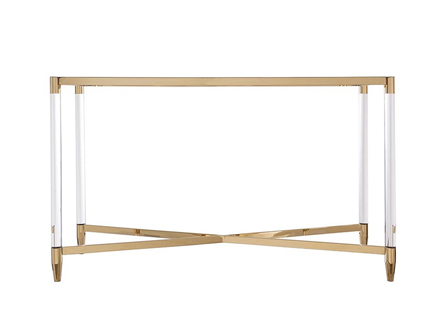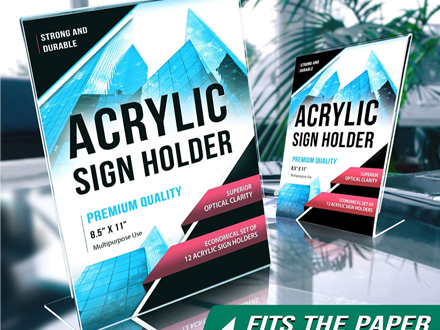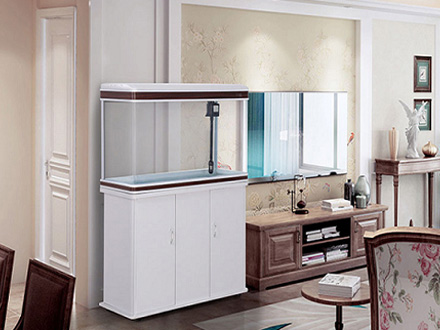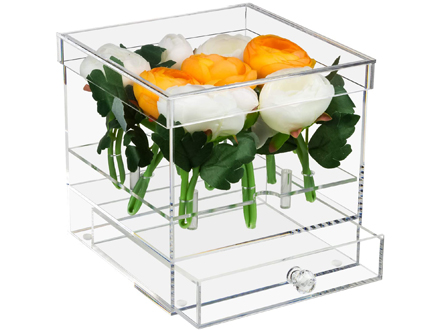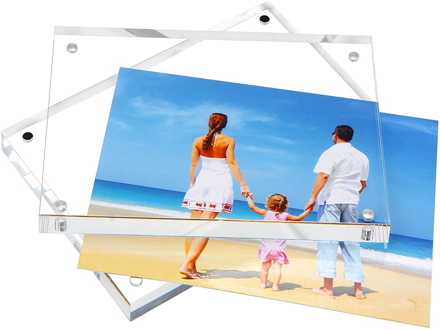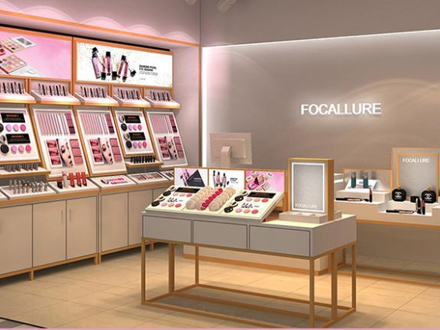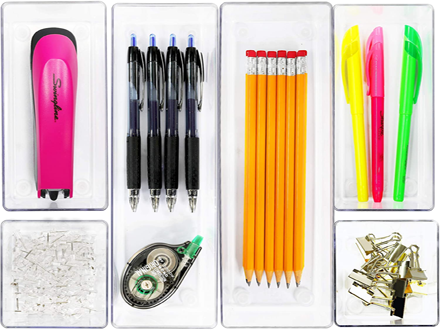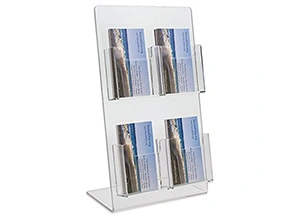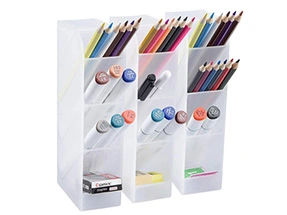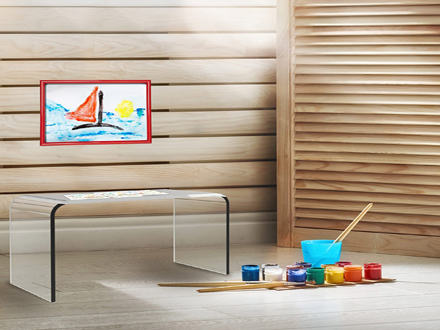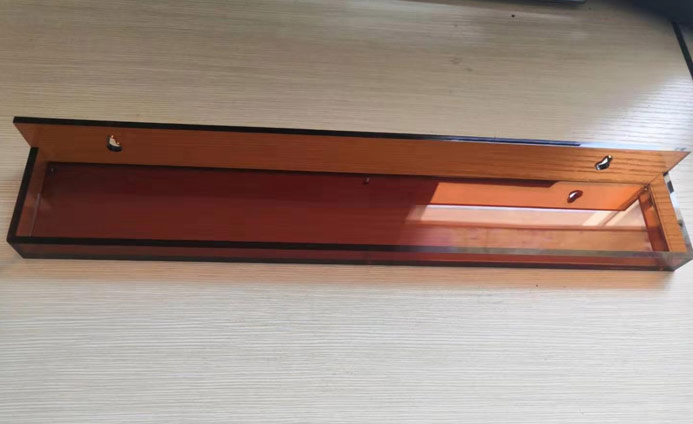When it comes to materials for various applications, Perspex and Acrylic are two names that often come up. They are widely used in construction, design, and various other industries. However, many people confuse Perspex with Acrylic, thinking they are the same material. In reality, while they share similarities, they are distinct in their composition, properties, and applications.
Chemical Composition
Perspex, also known as acrylic glass, is a type of transparent thermoplastic. It is derived from acrylic acid and has polymethyl methacrylate (PMMA) as its main component. On the other hand, Acrylic refers to a broader category of thermoplastics derived from acrylic acid or its derivatives. While Perspex is a specific brand of acrylic, not all acrylics are Perspex.
Physical Properties
One of the key differences between Perspex and Acrylic lies in their physical properties. Both materials are transparent, but Perspex tends to have better clarity and optical properties than generic acrylic. Perspex is also known for its exceptional durability and flexibility, making it suitable for a wide range of applications.
Applications
Perspex and Acrylic find extensive use across various industries. Perspex is commonly used in signage, displays, and lighting fixtures due to its optical clarity and weather resistance. Acrylic, on the other hand, is utilized in aquariums, windows, and furniture due to its strength and versatility.
Cost Comparison
In terms of cost, Perspex is generally more expensive than generic acrylic. The price difference can be attributed to the superior quality and optical clarity of Perspex compared to standard acrylic. However, the specific cost may vary depending on factors such as thickness, color, and finish.
Installation and Maintenance
Both Perspex and Acrylic are relatively easy to install and maintain. They can be cut, drilled, and shaped with common tools, making them suitable for DIY projects. However, proper care should be taken to avoid scratching or damaging the surfaces, especially during installation.
Environmental Impact
From an environmental perspective, Perspex and Acrylic have different sustainability profiles. While Perspex is known for its recyclability and low environmental impact, generic acrylics may contain additives or impurities that could pose environmental risks. It is essential to consider the environmental implications when choosing between the two materials.
Safety Considerations
In terms of safety, both Perspex and Acrylic are generally considered safe materials. However, it is essential to note that they are combustible and may release toxic fumes when exposed to high temperatures. Therefore, adequate ventilation and fire safety measures should be observed during installation and use.
Pros and Cons
Pros of Perspex: Superior optical clarity, excellent durability, weather resistance.
Pros of Acrylic: Versatility, strength, affordability.
Cons of Perspex: Higher cost, potential environmental impact.
Cons of Acrylic: Lower optical clarity, less durable than Perspex.
Choosing the Right Material
When deciding between Perspex and Acrylic, several factors should be considered, including the specific application, budget, and environmental concerns. It is essential to weigh the pros and cons of each material carefully and choose the one that best suits your needs.
While Perspex and Acrylic share some similarities, they are distinct materials with unique properties and applications. Whether you opt for Perspex or Acrylic depends on various factors such as clarity requirements, durability, cost, and environmental considerations. By understanding the differences between the two materials, you can make an informed decision and choose the right material for your project.
FAQ
1. What is the main difference between Perspex and Acrylic?
The main difference between Perspex and Acrylic lies in their composition and optical properties. Perspex is a specific brand of acrylic, known for its exceptional clarity and optical quality. It is derived from polymethyl methacrylate (PMMA) and is renowned for its superior transparency and durability. On the other hand, acrylic refers to a broader category of thermoplastics derived from acrylic acid or its derivatives. While Perspex is a type of acrylic, not all acrylics are Perspex. Generic acrylics may have slightly lower optical clarity and quality compared to Perspex.
2. Can Perspex and Acrylic be used interchangeably?
In many cases, Perspex and acrylic can be used interchangeably for similar applications. Both materials share similar properties such as transparency, durability, and versatility, making them suitable for a wide range of uses. However, it's essential to consider the specific requirements of your project and the differences in optical clarity and quality between Perspex and generic acrylic. In some cases where optical precision is crucial, Perspex may be preferred over generic acrylic due to its superior clarity.
3. Are Perspex and Acrylic both suitable for outdoor use?
Yes, both Perspex and acrylic are suitable for outdoor use. They are known for their weather resistance and durability, making them ideal for applications such as signage, outdoor displays, and architectural features. However, proper care should be taken to protect Perspex and acrylic from prolonged exposure to UV radiation, as this can cause yellowing or degradation over time. Additionally, choosing the right grade of Perspex or acrylic with UV-resistant properties can help enhance their longevity when used outdoors.
4. How do I clean Perspex and Acrylic surfaces?
Cleaning Perspex and acrylic surfaces is relatively straightforward. Start by gently wiping the surface with a soft, non-abrasive cloth or sponge dampened with mild soap or dishwashing detergent diluted in warm water. Avoid using harsh chemicals, abrasive cleaners, or rough materials that could scratch or damage the surface. After cleaning, rinse the surface thoroughly with clean water and dry it with a soft cloth to prevent water spots or streaks. For stubborn stains or marks, you can use specialized acrylic cleaners or polishes designed specifically for acrylic surfaces.
5. Is Perspex more expensive than Acrylic?
In general, Perspex tends to be more expensive than generic acrylic due to its superior optical clarity and quality. The price difference can vary depending on factors such as the thickness, color, finish, and brand of the material. While Perspex may have a higher upfront cost compared to generic acrylic, its exceptional clarity and durability can justify the investment, especially for applications where optical precision is essential. However, for budget-conscious projects or applications where optical quality is not critical, generic acrylic may be a more cost-effective option.
Read further:
Difference Between Plexiglass and Acrylic
